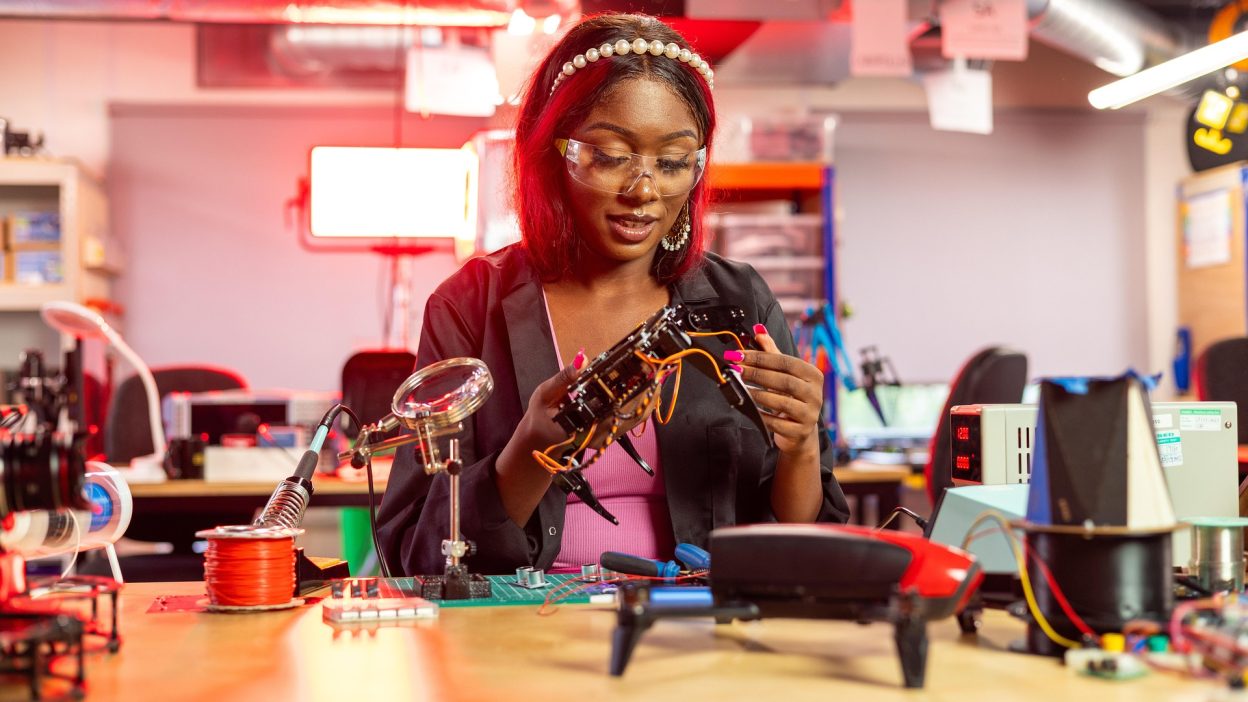Learn how these innovations are impacting everything
In an era dominated by rapid technological progress, the way we approach daily tasks, health management, and environmental awareness is constantly evolving. Whether it’s the weather we wake up to, the fitness levels we maintain, or the devices we rely on, everything is increasingly connected and powered by smart technology. Today, we will delve into the intersection of weather forecasting, personal health, and the latest in technological advancements that are reshaping our lives.
1. The Evolution of Weather Forecasting
Weather forecasting has come a long way, from basic observation techniques to high-tech satellites and AI-powered models. The ability to predict weather conditions accurately is no longer a luxury but a necessity. With better forecasts, people can plan their days more effectively, protect themselves from extreme weather, and even optimise energy consumption.
- Smart weather apps: These apps are integrated with real-time data from satellites and weather stations around the world, offering precise local forecasts.
- AI and machine learning: These technologies are used to analyse vast amounts of weather data, helping meteorologists make quicker, more accurate predictions.
For example, the use of predictive weather models has dramatically improved in the past decade, allowing for accurate short-term and long-term forecasts. The global economy, health, and daily activities are all increasingly shaped by this information.
2. Health Tech: Revolutionising Personal Health Management
Personal health management has evolved from simple tracking devices to sophisticated health apps and wearables. These innovations allow individuals to monitor everything from heart rate to sleep patterns, giving them unprecedented control over their wellness.
- Smartwatches and fitness trackers: Devices like the Apple Watch and Fitbit are constantly improving, helping individuals monitor health metrics such as heart rate, calories burned, and even blood oxygen levels.
- Health apps: With apps like MyFitnessPal and Strava, users can track their fitness, diet, and overall health, and even share data with health professionals.
As health-consciousness rises, integrating technology into our daily lives has led to more informed decisions and healthier habits. According to a study by the Pew Research Center, 30% of adults in the US now use wearable health devices, reflecting this growing trend.
3. How Technology Is Enhancing Environmental Awareness
With increasing concerns about climate change and environmental degradation, technology is playing a crucial role in raising awareness and encouraging sustainable living. From tracking pollution levels to optimising energy usage, technology is helping to reduce our environmental footprint.
- Smart homes: Devices like smart thermostats and energy-efficient lighting systems allow homeowners to reduce energy consumption and save money on utility bills.
- Environmental monitoring apps: Apps such as AirVisual and Earth Rangers provide real-time data on pollution and environmental health, empowering users to take action in their local communities.
Sustainability is no longer just a buzzword—it is a global necessity. Thanks to the interconnectedness of devices and data, we are more capable than ever before of making environmentally friendly choices.
4. The Role of Smart Devices in Everyday Life
From controlling your home’s temperature to managing your health, smart devices are now a part of nearly every aspect of our lives. Their convenience, coupled with the advancements in artificial intelligence, has made them indispensable tools for managing everything from household tasks to personal well-being.
- Smart assistants: Voice-activated assistants like Amazon’s Alexa and Google Assistant make it easier to control appliances, schedule tasks, and gather information.
- Connected homes: More and more homes are equipped with connected devices that allow people to monitor and control appliances remotely, whether it’s adjusting the heating or turning on the lights.
These devices are not just about convenience—they are about improving efficiency, cutting costs, and ensuring that we make the most out of the resources available to us.




